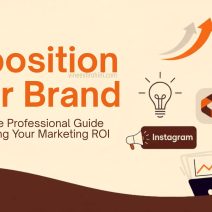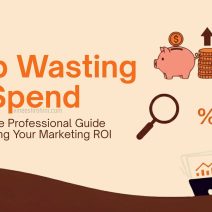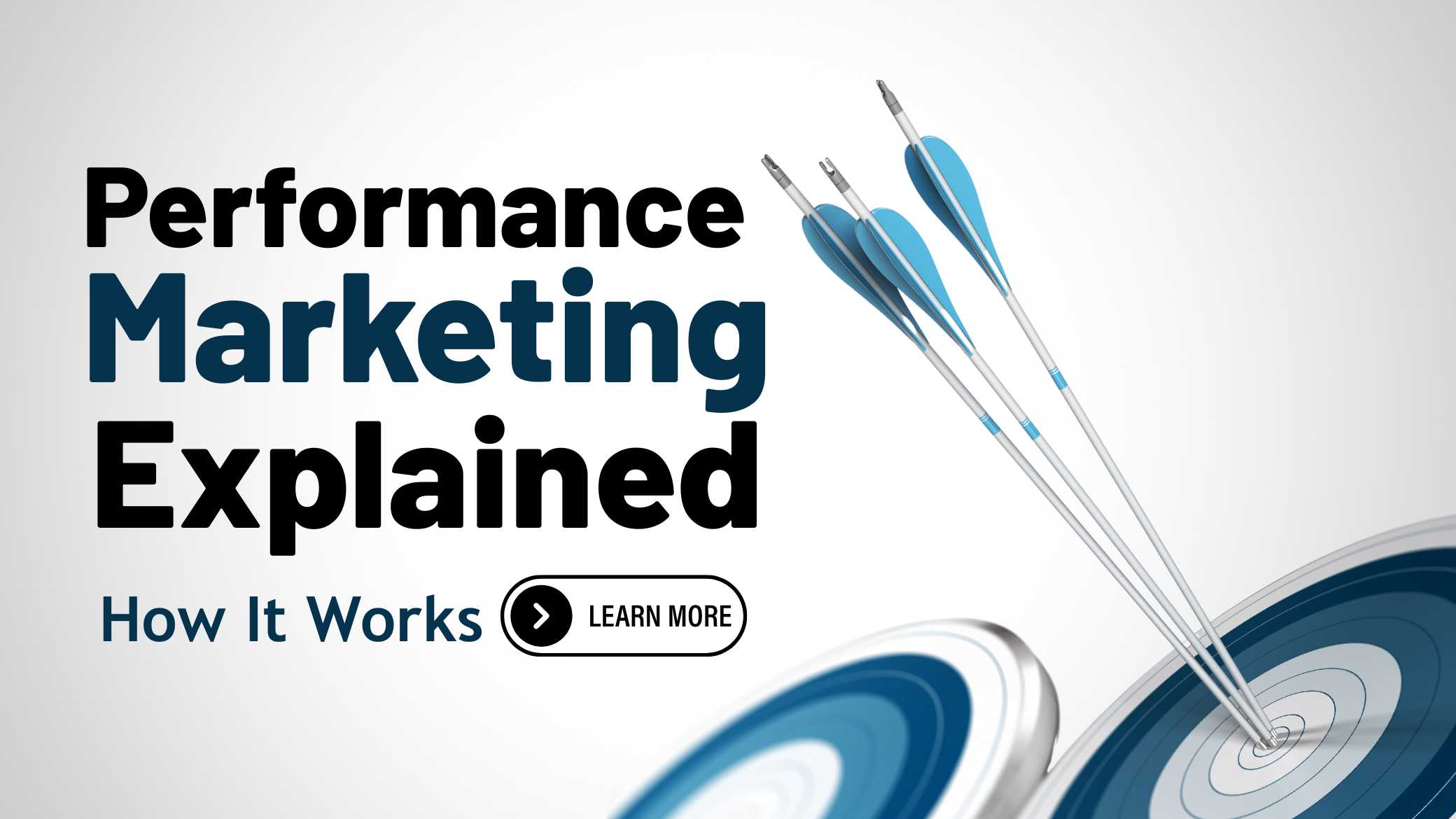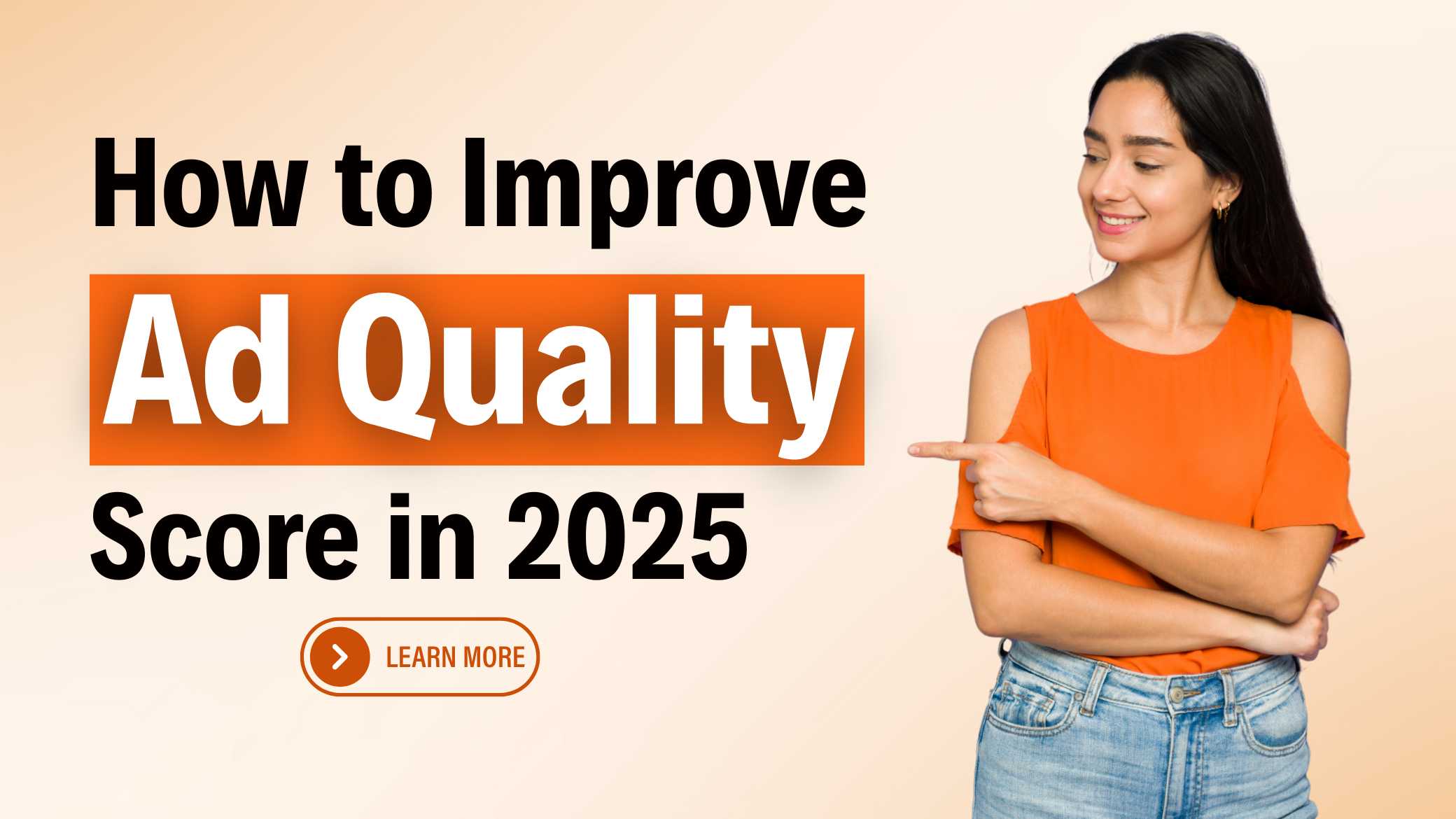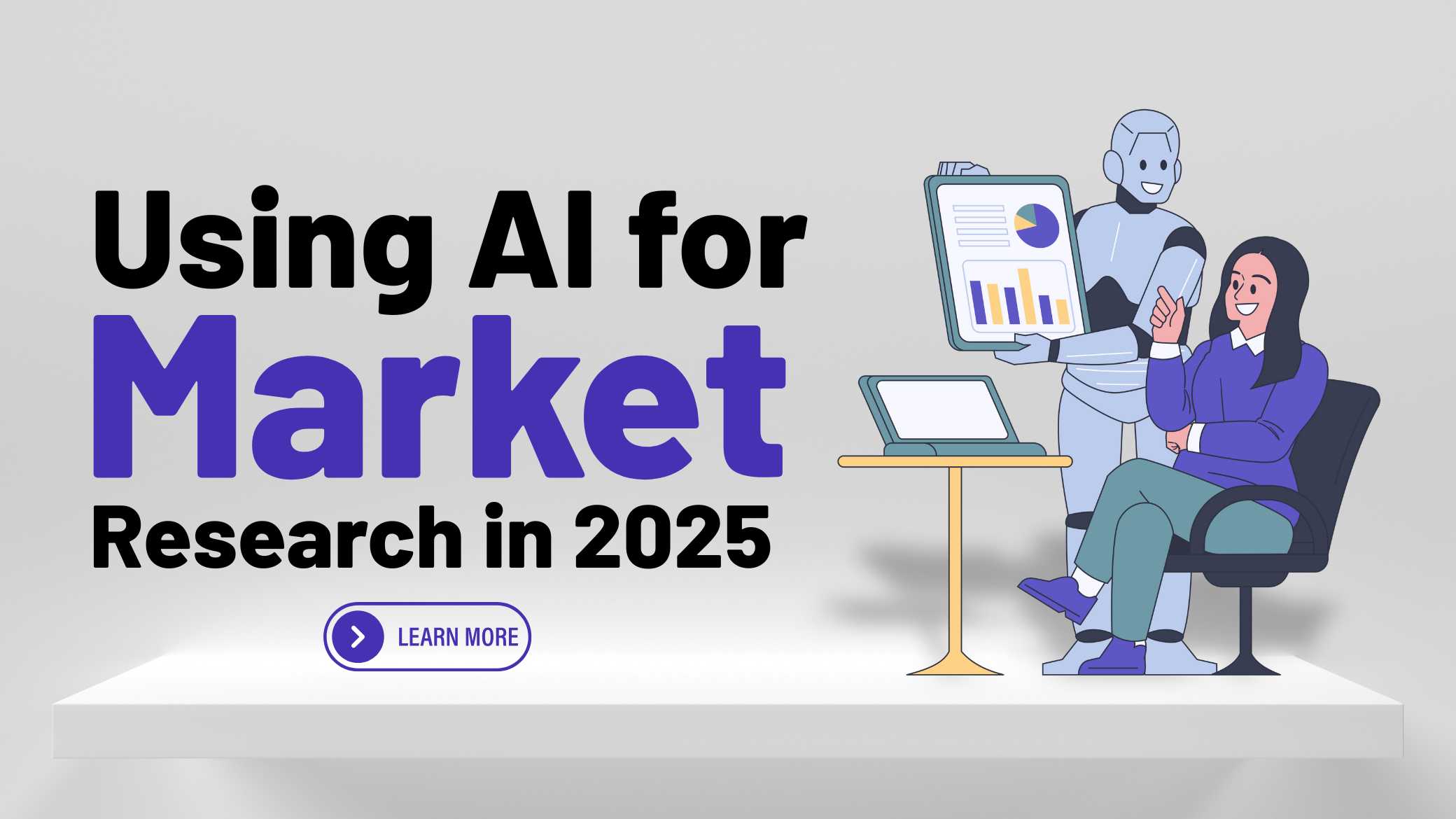Performance Marketing : In the fast-paced world of digital advertising, performance marketing has emerged as a dominant force reshaping how businesses attract, engage, and convert customers. By focusing on measurable outcomes rather than vague metrics like brand awareness, performance marketing offers businesses a results-driven approach. In 2025, with advancements in artificial intelligence, machine learning, and real-time data analytics, the effectiveness of performance marketing has reached unprecedented levels.
Table of Contents
This comprehensive guide will walk you through everything you need to know about performance marketing in 2025—how it works, the strategies to succeed, platforms to use, and how to stay ahead in a competitive market.
Understanding the Core of Performance Marketing in 2025
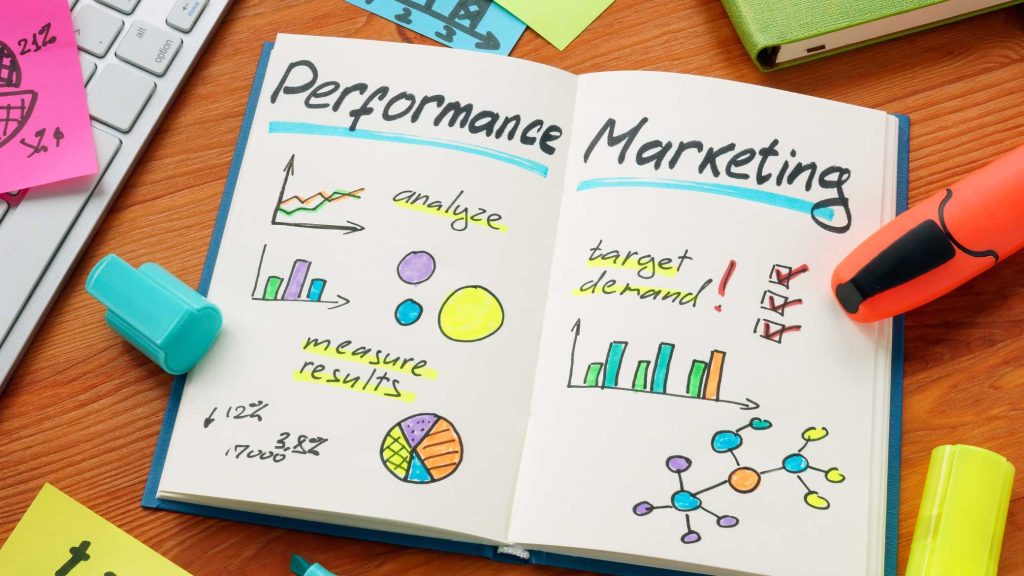
Performance marketing is a type of digital marketing where advertisers pay only when specific actions are completed. These actions could include taps, form submissions, app downloads, or purchases. Unlike traditional advertising where you pay for reach or impressions, performance marketing ensures every dollar is accountable for a measurable outcome. This model has become incredibly popular among startups, eCommerce brands, and even large corporations aiming for ROI-centric growth. In 2025, the scope of actions being tracked has expanded due to advanced tracking mechanisms and deep integrations with analytics tools.
The Key Components
To implement a successful performance marketing strategy, several core components must be integrated effectively. The first is setting clear objectives—what action are you optimizing for? Whether it’s lead generation, sales, or app installs, clarity in objectives guides your ad creatives, landing page design, and platform selection.
Also Read : Best Free Ecommerce Website Builders
Next comes channel selection. Depending on your goals and audience, you might use paid search, display advertising, social media ads, native ads, or affiliate marketing. In 2025, multi-channel campaigns that include automation and AI-based retargeting are dominating the space.
Popular Platforms for Performance Marketing in 2025
Several platforms have cemented themselves as top choices for running performance-driven campaigns. G Ads remains a heavyweight, offering PPC ads on search and display networks. FB and Insta, now powered by Meta’s advanced AI targeting, continue to provide rich user data for hyper-targeted campaigns. LinkedIn Ads is preferred for B2B lead generation, especially in the SaaS and professional services sectors. TikTok, with its younger audience, offers creative short-form video ads with high engagement rates. Meanwhile, platforms like Taboola and Outbrain dominate native advertising. In 2025, many businesses are also experimenting with Amazon Ads and Walmart Connect to target shoppers directly within online retail environments.
Types of Performance Marketing Models
can be broken down into several models based on the desired outcome. PPC is one of the most common, where advertisers pay every time someone taps on their ad. Pay Per Impression (CPM) is less performance-oriented but still used for visibility campaigns. Cost Per Acquisition (CPA) means advertisers only pay when a conversion happens. Cost Per Lead (CPL) is used in industries like finance and real estate where lead generation is key. In 2025, newer models like Cost Per Engagement (CPE) and hybrid performance-pricing models are gaining traction, especially in influencer and content marketing.
Why Performance Marketing Is More Important Than Ever in 2025
The landscape of digital marketing has evolved rapidly, and performance marketing has adapted accordingly. Businesses want accountability for their ad spend. With rising acquisition costs and increased competition, paying for real outcomes—not just exposure—is crucial. In 2025, economic uncertainties and inflation concerns have further pushed businesses to justify every marketing dollar. Performance marketing offers this transparency. Moreover, AI has made it possible to predict conversion probabilities, adjust bids in real-time, and hyper-personalize ad creatives—all of which have significantly improved campaign ROI.
Performance Marketing vs. Traditional Digital Marketing
Traditional digital marketing often focuses on building brand awareness through high-reach, low-engagement methods like banner ads or sponsored posts. While effective for long-term branding, these methods lack immediate ROI. Performance marketing flips the script—it emphasizes trackable results. For instance, a traditional campaign might run a video ad on YT to boost awareness. A performance campaign, on the other hand, might drive traffic to a landing page and only pay when users sign up for a newsletter or make a purchase. In 2025, businesses are increasingly blending both approaches to maximize short-term results and long-term brand equity.
Building a High-Converting Performance Funnel
Success in performance marketing hinges on a well-optimized funnel. The top of the funnel attracts traffic—this is where ad creatives, headlines, and targeting come into play. The middle of the funnel involves nurturing leads through email sequences, retargeting ads, or value-added content. The bottom of the funnel is all about conversion—getting users to take the final step. In 2025, marketers use tools like heat maps, A/B testing platforms, and behavioral analytics to fine-tune every stage of the funnel. The use of dynamic landing pages that adjust content based on user data has also become a norm.
The Role of AI and Machine Learning
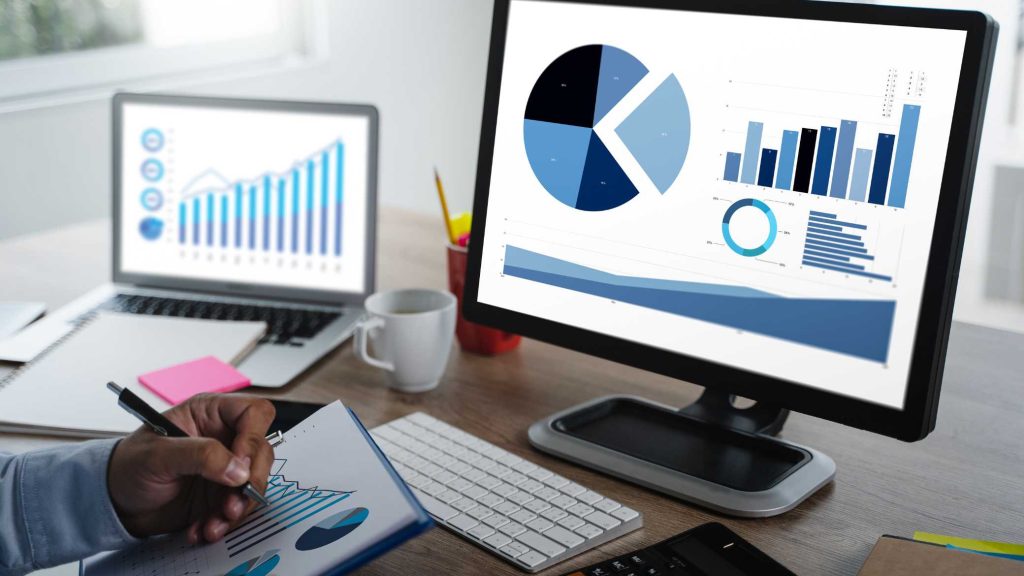
Artificial intelligence plays a crucial role in the evolution of performance marketing in 2025. From predictive analytics that forecast customer behavior to smart bidding algorithms that optimize ad spend, AI is embedded in every step of the process. AI tools help automate repetitive tasks like bid adjustments, audience segmentation, and even ad creation. Platforms like G and Meta now offer AI-powered suggestions for improving Quality Scores, relevance, and audience reach. Furthermore, chatbots and AI-driven customer support enhance post-task engagement, ensuring users are guided toward conversion smoothly.
Performance Marketing in eCommerce and DTC Brands
Direct-to-consumer brands and eCommerce businesses are among the biggest adopters of performance marketing. In 2025, these businesses rely heavily on real-time data to drive product sales, reduce cart abandonment, and increase average order value. Performance ads drive traffic to optimized product pages, and conversion rates are tracked through enhanced eCommerce integrations. Tools like Shopify, WooCommerce, and BigCommerce now offer built-in performance analytics, making it easier to attribute results and adjust campaigns on the fly. Personalized retargeting based on user behavior is a major trend, supported by first-party data and privacy-compliant tracking methods.
Affiliate Marketing and Influencers in Performance Campaigns
Affiliate marketing remains a major pillar of performance-based advertising. Affiliates promote your product and you only pay when they deliver a sale or lead. In 2025, advanced dashboards, real-time tracking, and fraud prevention tools have made affiliate marketing more efficient than ever. Influencer marketing has also shifted toward performance-based models. Instead of paying influencers a flat fee, brands now pay based on taps or conversions their content generates. Platforms like Impact and PartnerStack offer robust affiliate and influencer performance marketing capabilities.
Measuring ROI and Key Performance Indicators (KPIs)
One of the strongest appeals of performance marketing is its ability to deliver concrete ROI. But measuring ROI requires understanding and tracking the right KPIs. These may include CPC, CTR, cost per acquisition (CPA), return on ad spend (ROAS), and customer lifetime value (CLV). In 2025, attribution modeling tools have evolved to better understand multi-touch journeys. Instead of relying solely on last-tap attribution, many businesses now use data-driven models that allocate credit across multiple touchpoints. This helps optimize campaigns more effectively and ensures accurate budgeting.
Privacy and Compliance
With data privacy becoming a bigger concern globally, performance marketers in 2025 must comply with stricter regulations. The implementation of data protection laws like GDPR, CCPA, and India’s DPDP Act require marketers to handle user data responsibly. Consent-based tracking, server-side analytics, and cookieless tracking solutions are gaining momentum. Marketers need to be transparent about how they collect and use data, and ensure they are not violating privacy laws. First-party data, collected ethically via email signups, surveys, and purchases, is becoming the gold standard in performance marketing.
Challenges in Performance Marketing and How to Overcome Them
Despite its benefits, performance marketing is not without challenges. Rising competition leads to higher CPCs and CPAs. Ad fatigue and banner blindness can reduce engagement. Moreover, algorithm changes by platforms like G or Meta can disrupt campaigns overnight. To overcome these challenges, marketers must continuously test ad creatives, update targeting strategies, and monitor performance metrics closely. Diversifying channels and not depending on a single platform is also a recommended approach. Investing in creative storytelling and customer experience can also improve conversion rates and lower acquisition costs.
Future Trends in Performance Marketing
The future of performance marketing looks promising with several key trends shaping its evolution. Voice search advertising, AR/VR-based ad experiences, and programmatic TV ads are emerging frontiers. AI-driven dynamic creatives that adapt to user behavior in real time are becoming commonplace. Blockchain technology is also making its way into performance marketing, offering transparency in affiliate networks and eliminating fraud. Moreover, the integration of conversational marketing through tools like WhatsApp and Messenger bots ensures that user engagement is personalized and immediate. The rise of no-code marketing tools allows small businesses to implement performance marketing strategies without hiring large teams.
Performance Marketing – Conclusion:

Performance marketing has revolutionized the digital advertising space by making campaigns more accountable, data-driven, and ROI-focused. In 2025, the tools, platforms, and strategies available to marketers have matured to a point where even small businesses can compete with big brands.
Buy Now : Ecommerce Website With 100 Products
With AI, automation, and analytics at their fingertips, marketers can run smarter campaigns, scale faster, and achieve better results. Whether you’re in eCommerce, SaaS, services, or content creation, embracing performance marketing can provide the edge needed to thrive in an increasingly competitive landscape.
Disclaimer : This article is intended for informational and educational purposes only. The content does not constitute marketing, financial, or business advice. Readers are advised to do their own research and consult with a certified digital marketing expert or strategist before implementing any performance marketing strategies. Results may vary depending on industry, target audience, and platform algorithms.

